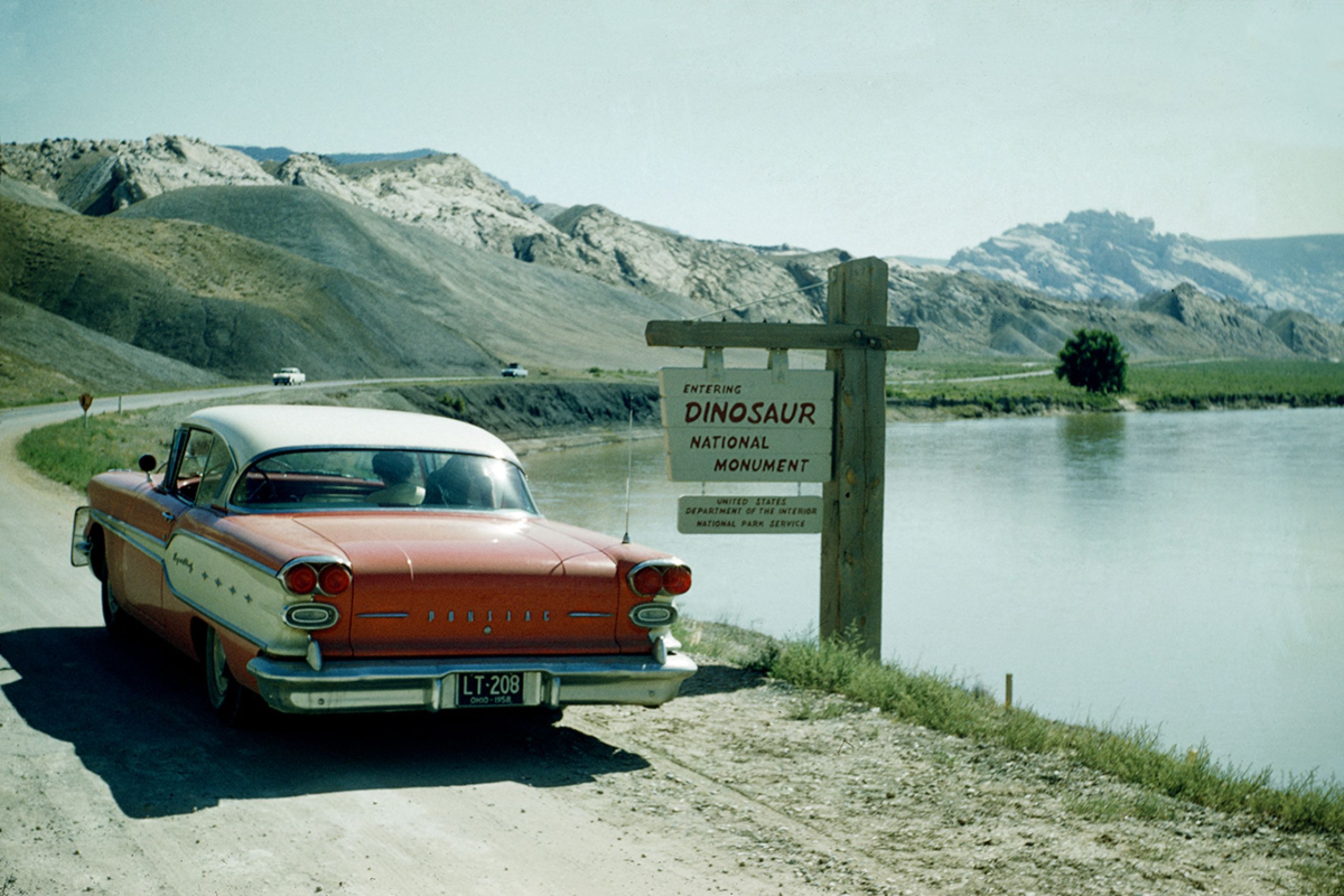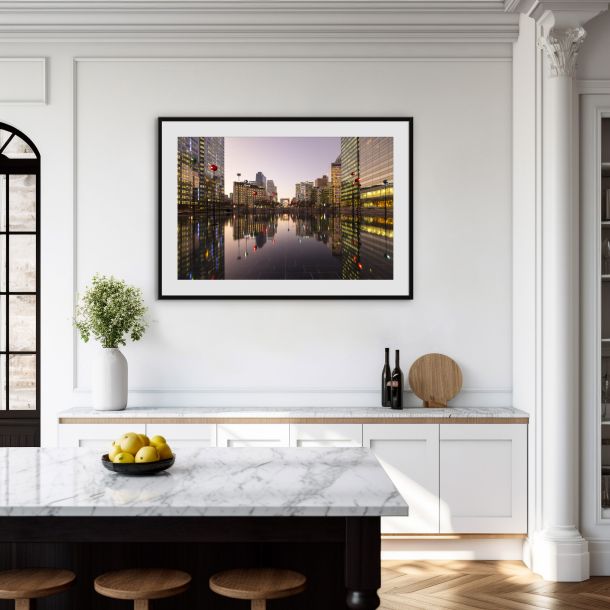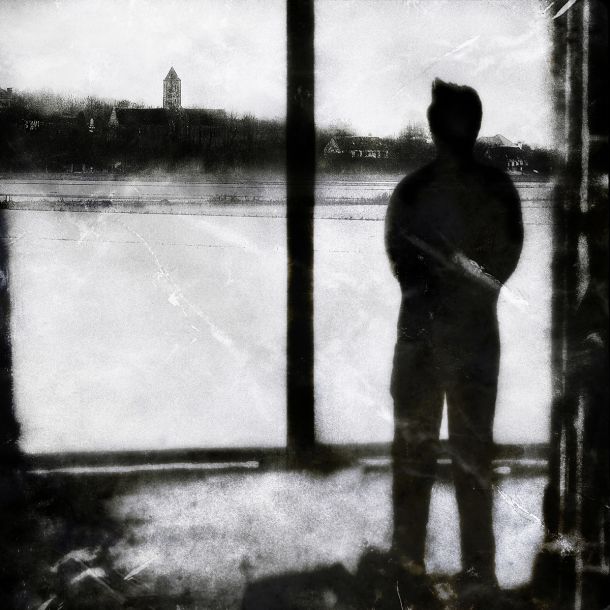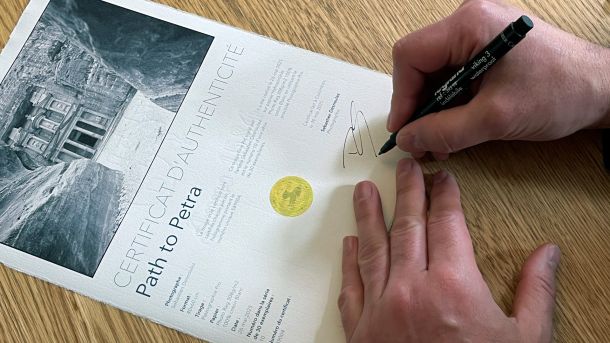Vernacular Photography: The Fascination of the Everyday Revealed

Dinosaur – Photo : © André Robé Collection
The Hidden Art of the Everyday: When the Ordinary Becomes Extraordinary
Neither a claimed work of art nor a simple family keepsake, vernacular photography holds a unique place in the history of imagery. Long overlooked, it is now experiencing a true resurgence, driven by passionate collectors, curious artists, and memory-conscious institutions. Why are these modest photos so captivating? What do they reveal about our relationship to the world and to the past? A deep dive into the captivating world of everyday photography that transforms anonymity into artistic heritage.
Contents
- What Is Vernacular Photography?
- The Contemporary Craze for Amateur Images
- Passionate Collectors: Motivations and Methods
- Artistic and Heritage Value of Vernacular Photography
- Impact on Contemporary Photographic Art
What Is Vernacular Photography?
Definition and Characteristics
Vernacular photography refers to all images produced outside professional or artistic circles. This term encompasses a wide range of amateur visual production: family portraits, vacation snapshots, class photos, weddings, communions, photo booths, custom postcards, as well as scientific, advertising, judicial, or technical photography.
These images were not intended for exhibition or collection. They simply existed to document a moment, preserve a memory, or record a personal or professional event. Their aesthetics were unconsidered, their composition often approximate, their framing sometimes clumsy. Yet, it is precisely this raw sincerity that now fascinates collectors and artists.
Characteristics of Vernacular Photography:
- Authentic Spontaneity: Unstaged captures of reality
- Non-Artistic Intent: Purely documentary or memorial purpose
- Unintentional Aesthetic: Beauty arising from acknowledged imperfection
- Frequent Anonymity: Photographers and subjects often unknown
- Thematic Diversity: All aspects of life represented
- Sociological Value: Direct testimony of eras and cultures
Types of Vernacular Photography
| Type of Photography | Creation Context | Documentary Value |
|---|---|---|
| Family Photos | Private rituals, personal events | Evolution of lifestyles and family structures |
| Vacation Photos | Travel, discovery, leisure | Tourist practices and geographic representations |
| Photo Booths | Administrative and playful use | Individual expression in a standardized framework |
| School/Professional Photos | Institutions, collectives | Social organization and hierarchies |
| Technical Photography | Scientific, industrial documentation | Technological evolution and professional practices |
| Urban Snapshots | Everyday life in public space | Transformation of landscapes and social behaviors |
The Contemporary Craze for Amateur Images
Why This Renewed Interest?
Over the past twenty years, the perception of these photographs has changed dramatically. Contemporary artists reuse them in their work, galleries dedicate exhibitions to them, and publishers release entire books of anonymous images. Collectors seek them out in flea markets as fragments of forgotten stories.
Reasons for This Contemporary Fascination:
- Nostalgia for Authenticity: A return to sincere values in a digital world
- Narrative Richness: The ability to recount bygone eras
- Anthropological Value: Direct testimony of social behaviors
- Accidental Aesthetic: Beauty born from accepted imperfection
- Democratization of Art: Recognition of popular creativity
What These Images Reveal
Vernacular photography acts as a time machine. It speaks of bygone eras, clothing styles, vanished social rituals, and family intimacy. It shows ordinary faces, forgotten gestures, and places transformed by urbanization. These images are true time capsules, full of charm, humor, and sometimes melancholy.
Revelations of Vernacular Photography:
- Evolution of Customs: Transformation of social behavior
- Material History: Period-specific objects, clothing, and settings
- Human Geography: Changes in urban and rural landscapes
- Family Rituals: Ceremonies and celebrations through time
- Involuntary Expression: Natural gestures and postures
- Cultural Diversity: A wide array of lifestyles
The Impact of the Digital Revolution
Paradoxically, the digital era has increased the appeal of analog vernacular photography. In contrast to the dematerialization and proliferation of images, these physical prints regain emotional and tactile value.
The digital transition also created a generational shift: the last amateur film photos (1990s–2000s) mark the end of an era, giving them an unexpected heritage status.
Passionate Collectors: Motivations and Methods
Profiles of Vernacular Photography Collectors
Collectors of vernacular photography form a diverse community with varied motivations. Their common belief: that these modest images contain narrative and aesthetic treasures.
Types of Collectors:
- Visual Artists: Seeking raw visual material for their creations
- Historians and Sociologists: Passionate about social and cultural memory
- Archivists: Concerned with preservation of visual heritage
- Aesthetic Scavengers: Attracted by unintentional beauty
- Thematic Specialists: Focused on specific subjects
- Nostalgics: Searching for emotional links with the past
Collection Methods and Selection Criteria
Each collector develops a personal methodology, guided by their own criteria that define the coherence of their collection.
Common Collection Approaches:
- Geographical: Photos from a specific country, region, or city
- Chronological: Focused on a decade or historical period
- Thematic: Rituals, objects, specific activities
- Aesthetic: Search for accidentally poetic compositions
- Sociological: Documentation of particular social groups
- Technical: Specific formats, processes, or supports
Notable Collectors
André Robé: Specialist in American Slides
André Robé perfectly embodies this passion for the vernacular. A collector since 1997, he specializes in Kodachrome slides from the 1950s–1970s, primarily American. His work reveals the “American Way of Life” through everyday scenes whose colors were preserved by Kodachrome technology.
His rigorous method combines direct acquisition from individuals and selection based on precise themes: American cities (Times Square, Las Vegas), everyday life (family leisure), popular culture (cinemas, advertising). His book “Le Paris des photographes anonymes” (Parigramme, 2024) extends this approach to the French capital.
Other Notable Figures:
- Martin Parr: Global collection of beach and tourism photos
- The Anonymous Project: International collection of vernacular slides
- Erik Kessels: Accumulations of amateur images questioning visual overproduction
- Clément Chéroux: Academic and curatorial approach to vernacular imagery
Artistic and Heritage Value of Vernacular Photography
From Anonymity to Artistic Recognition
Although anonymous, a vernacular photograph can acquire significant historical, aesthetic, or emotional value. Some go viral, others are integrated into international exhibitions or works of art. Far from being mere curiosities, they are now regarded as authentic heritage objects.
Criteria for Artistic Valuation:
- Unintentional Aesthetic Quality: Exceptional composition or lighting
- Documentary Value: Unique historical or sociological testimony
- Narrative Power: Ability to tell a universal story
- Thematic Rarity: Documentation of vanished places or events
- Emotional Impact: Resonance with shared human experiences
Institutional Recognition
Prestigious institutions are gradually incorporating vernacular photography into their collections and exhibitions. The Centre Pompidou helped legitimize the genre with Sébastien Lifshitz’s exhibition “L’inventaire infini.” MoMA, the Henri Cartier-Bresson Foundation, and other major institutions now acknowledge its heritage value.
Manifestations of This Recognition:
- Thematic Exhibitions: Museum displays of vernacular works
- Institutional Acquisitions: Integration into permanent collections
- Academic Publications: Scholarly research on the subject
- Art Market Presence: Increasing valuation of exceptional pieces
- Awards and Contests: Prizes dedicated to rediscovered vernacular work
Process of Becoming Heritage
The transformation of an amateur image into a heritage object follows a complex process involving chance, expert recognition, and favorable cultural context.
Steps in the Heritage Process:
- Preservation: Rescuing images at risk of destruction
- Contextualization: Historical and documentary research
- Selection: Based on artistic or documentary criteria
- Series Creation: Establishing thematic coherence
- Dissemination: Exhibition, publication, media exposure
- Legitimization: Recognition by cultural institutions
Impact on Contemporary Photographic Art
Influence on Contemporary Artistic Creation
Vernacular photography has profoundly influenced contemporary art. Many artists draw inspiration from its aesthetic, reuse its visual codes, or directly appropriate existing images.
Modes of Artistic Influence:
- Direct Appropriation: Use of found images in artworks
- Aesthetic Mimicry: Intentional replication of amateur style
- Social Critique: Challenging dominant visual norms
- Visual Archeology: Exploring layers of collective memory
- Assumed Nostalgia: Return to lost authentic values
Renewal of Curatorial Practices
Curators are developing new approaches to present these non-artistic images within artistic contexts. This evolution questions traditional boundaries between art and document.
New Exhibition Practices:
- Curation by Accumulation: Mass display to reveal patterns
- Historical Contextualization: Dialogue between amateur and professional imagery
- Transmedia Approach: Integration with other media (video, sound)
- Interactivity: Public participation in rediscovery
- Immersive Narratives: Recreation of period environments
Questioning the Nature of Photographic Art
The emergence of vernacular photography challenges traditional artistic hierarchies. It democratizes the notion of authorship, values creative accidents, and relativizes artistic intent as a criterion of value.
Fundamental Questions Raised:
- What defines an image’s value? Intent vs. result
- Who can be considered an artist? Democratization of creation
- How do we define originality? Singularity within the mass
- What is the role of the institution? Legitimization vs. discovery
- What space for the amateur? Recognition of popular practices
The Future of Vernacular Photography
Conservation Challenges
The preservation of vernacular photography poses specific challenges: fragile media, difficulty of identification, geographic dispersion, and lack of interest from heirs.
Preservation Issues:
- Material Degradation: Aging of analog supports
- Loss of Context: Disappearance of original information
- Heritage Neglect: Destruction due to lack of awareness
- Digital Transition: Scanning as a safeguard
- Public Accessibility: Making collections available for research
Evolution in the Digital Age
Will today’s digital vernacular (selfies, Instagram shots, smartphone images) intrigue future generations as film photography from the 1950s to 1980s does today?
This historical continuity suggests that our current everyday visual production will become tomorrow’s vernacular heritage, perpetuating this cycle of rediscovery and patrimonialization.
Vernacular Photography: A Mirror of Humanity
Vernacular photography reveals that art lies not only in intention, but also in the gaze cast upon the image. By transforming the ordinary into the extraordinary, it democratizes creation and questions our aesthetic hierarchies.
These modest images form an irreplaceable visual heritage: they document with unmatched sincerity our ways of life, our rituals, and our social transformations. In today’s dematerialized world, they remind us of the value of the tangible and the authentic.
For collectors, art lovers, or curious minds, exploring vernacular photography means rediscovering the hidden poetry of the everyday—and recognizing beauty where we least expect it.
Discover works inspired by vernacular aesthetics on Une-image-pour-rever.fr, where contemporary art meets collective visual memory to transform your space into a gallery of recovered time.



